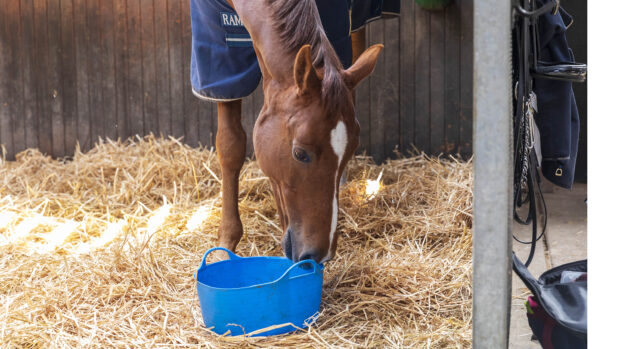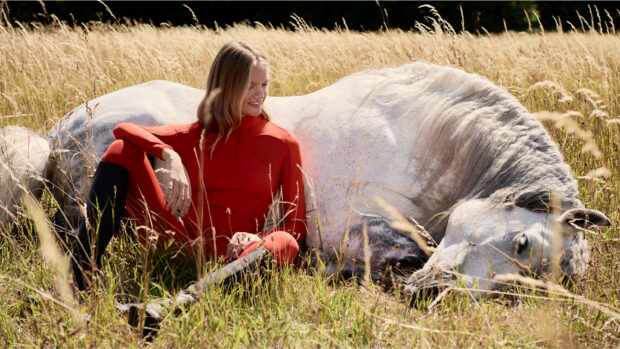The Border Terrier is a first and foremost a plucky working dog, which – despite its diminutive size – is bred to be capable of following a horse. Longer in the leg than other terriers, which gives this breed its pace, agility and athleticism, the Border is equally happy and upbeat whether in the countryside or town. Of course, they love exploring outdoors – name a terrier who doesn’t – but do adapt well to urban life given plenty of exercise.
Originally the Border Terrier was known as the Coquetdale or Redesdale Terrier, referring to specific areas where it was developed. It had a long history working with the Border Hunt and by the late 19th century it was established as the Border Terrier, recognised as a Kennel Club breed in 1920.
The breed was developed in the rough, rugged hill terrain of the Border country, where farmers used it to control the fox population from attacking their sheep. It would assist the hunt when the fox had gone to ground, where it was used to chase out the fox, or bark to alert the followers to its location. His conformation is ideal for all these jobs – being athletic enough to follow the horses, and small enough to fit down a fox’s earth.
Nowadays, this terrier breed has found his niche as a game family pet, with a great instinct for ratting on the yard as well as playing in the garden. With their agility and tenacity, they can easily turn their paw to a number of sports, such as tracking, flyball, scent work, agility and obedience.

Border Terrier: fact file
Kennel Club breed group: terrier
Size: small
Daily exercise: an hour a day
Coat: medium with harsh, dense texture; shedding.
Colours: blue/tan, dark grizzle, dark grizzle/tan, dark red grizzle, grizzle, grizzle/tan, light grizzle, red, red grizzle or wheaten. Dark eyes with a keen expression.
Lifespan: more than 12 years.
Bark: like most terriers, they tend to be fairly vocal.
Distinctive features: an “otter head’ makes it easy to distinguish from other terriers – being broad in the skull with a strong, short muzzle. They have a wiry coat with a close undercoat. Compared to other terriers, they have relatively long legs and “racy” hindquarters, according to the UK Kennel Club.
Temperament: active and game; good-tempered and affectionate in the family, diligent workers.
Things to consider: bred in Border country, this is not a dog that is naturally attuned to hot weather. Consider one of the best dog cooling jackets during rare UK heatwaves, or a fun paddling pool.
Their coats are wiry on the outside and fluffy within. They don’t need extensive grooming, just a quick brush every week or so with a specialised dog grooming brush.
Training: Borders are an intelligent breed which were bred to think independently, which means while they can quickly cotton on to commands, they will also make their own decisions when they want to. They love to chase, so need consistent recall training. And of course, they started out life exploring down fox’s earths, so you may need to teach them your own expectations on digging – here’s how to stop dogs digging in the garden.

Border Terrier Complete Owners Manual
This book has all the answers you need when researching this plucky working terrier.

100 boys’ names for your new male pup

No more yapping: how to stop a dog nuisance barking

How to stop a dog digging in the garden: advice from an expert

Meet 7 of the world’s smallest dog breeds

What breed is my dog? (and why you need to know)

Subscribe to Horse & Hound magazine today – and enjoy unlimited website access all year round
Horse & Hound magazine, out every Thursday, is packed with all the latest news and reports, as well as interviews, specials, nostalgia, vet and training advice. Find how you can enjoy the magazine delivered to your door every week, plus options to upgrade your subscription to access our online service that brings you breaking news and reports as well as other benefits.




